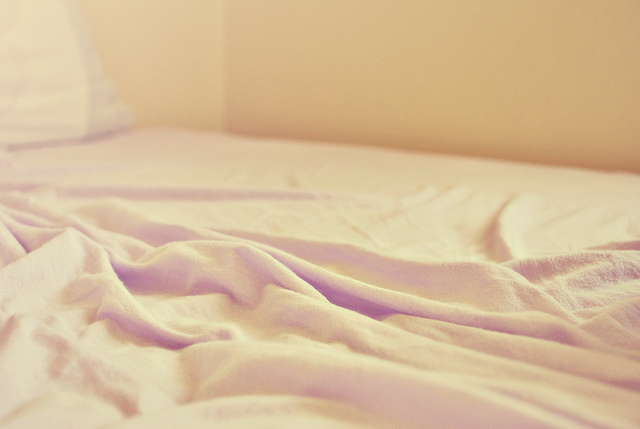The sun is shining, the birds are chirping and patio weather has arrived. May is one of my favourite months of the year, not only because May is Masturbation Month, but because it is a positive time of year. People are happier, more relaxed. More willing to open their minds to ideas. Ideas such as, it is healthy and common for children to masturbate.
Many children, of all ages and genders, touch themselves. Why? Because it is soothing, relaxing, fun to explore, helps them fall asleep and because it feels good.
Before children begin puberty, masturbation is not a sexual behaviour. It is not driven by sexual needs, wants or fantasies, the way it often is for adults.
If your child touches themselves it does not mean they are developing in a sexually unhealthy way. This behaviour is not harmful to your child. In fact, it is often a healthy behaviour. Exploring and getting to know one’s own body is important.
As children age and become teenagers and adults it is important they are comfortable with their bodies. This allows them to talk to their parents and health care providers as soon as they notice something that may be problematic, such as a rash, lump or swelling. Comfort with their body could save their life.
Depending on a person’s religious or other cultural values, they may be more or less comfortable with talking about masturbation — or the activity itself. In these cases it’s important to share values without shaming children, who don’t typically understand the social implications of their actions. Often self-exploration is simply curiosity, and touching or rubbing themselves is a way to self-sooth. By yelling or physically making a child stop you will increase their anxiety and possibly instill feelings of guilt or self-hatred.
Although masturbation is a healthy behaviour it is important to teach children that it is a private behaviour done alone in places such as a bedroom or bathroom. It is important to mention to the child that the bathroom cannot be a public bathroom. I have heard stories where this was not made clear and shenanigans ensued. It is also not safe for a child to be masturbating in public bathrooms.
If your child is too young to understand the difference between private and public behaviour and they are touching themselves in public, give them something to hold that requires both their hands or distract them in some other way. Do this nonchalantly without upsetting them. If your child is old enough to understand the difference between private and public, gently remind them that they are in public where people do not touch themselves and that they can continue in private when they get home.
People of all ages, genders, orientations, abilities, cultures and religions enjoy masturbation. It is easier to enjoy masturbation as an adult if you had positive experiences with touching yourself as a child — experiences without shame, guilt and negativity. So think of your child’s present and future and allow them the positive experiences that touching themselves can bring.

